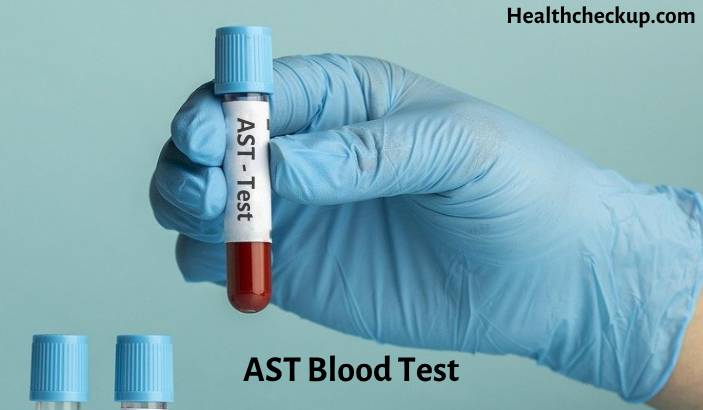The Aspartate Aminotransferase (AST) blood test is a common enzyme test used to assess liver function and help diagnose liver diseases. AST is an enzyme that plays a vital role in amino acid metabolism and is primarily found in the liver, heart, muscles, and kidneys. Understanding AST levels can provide essential insights into your overall health, particularly the condition of your liver. This article will discuss what the AST blood test is, the normal range for AST, and what low or high levels might indicate.
What is AST in Blood Test
- Purpose: The AST test measures the level of aspartate aminotransferase in the blood. Elevated levels can indicate liver damage or disease, but since AST is also found in other organs, it is usually measured alongside other tests.
- Liver Function: Primarily used to detect liver abnormalities. Damage to liver cells releases AST into the bloodstream, raising the enzyme levels.
- Additional Uses: Also helpful in monitoring the progression of known liver diseases and evaluating the effectiveness of treatments.
AST Blood Test Normal Range
- General Range: The normal range for AST levels in the blood typically falls between 10 to 40 units per liter (U/L), but these values can vary slightly depending on the laboratory and the test method used.
- Gender Differences: Normal values may differ slightly between men and women due to physiological differences.
- Age Factor: Normal ranges can also vary with age.
High AST Levels
- Liver Damage: The most common reason for elevated AST levels is liver damage. This could be due to conditions like hepatitis, cirrhosis, liver cancer, or fatty liver disease.
- Other Causes: High AST levels can also result from acute conditions such as a heart attack or muscle injuries.
- Medications: Certain medications that can cause liver damage may also elevate AST levels. These include statins, some antibiotics, chemotherapy drugs, and acetaminophen at high doses.
- Alcohol Use: Chronic alcohol consumption is a significant cause of liver damage and can result in elevated AST levels.
Low AST Levels
- Rarely a Concern: Low levels of AST are rare and usually not considered harmful.
- Clinical Significance: Generally, low AST levels are not clinically significant and do not indicate any specific health issue.
- Interpretation: Lower-than-normal levels of AST are less commonly a focus of medical investigation unless associated with other abnormal lab results.
Factors Affecting AST Levels
- Physical Exercise: Intense physical activity can temporarily raise AST levels due to muscle damage.
- Diet and Nutrition: Malnutrition or specific dietary practices might influence AST levels, although the impact is typically minor.
- Herbal Supplements and Toxins: Some herbal compounds and environmental toxins can affect liver health and alter AST levels.
Diagnosing and Monitoring with AST Levels
- Diagnosis: Elevated AST levels require further investigation to determine the exact cause. This often involves additional tests, such as the Alanine Aminotransferase (ALT) test, which is more specific to the liver.
- Monitoring: In patients with diagnosed liver disease, monitoring changes in AST levels can help assess disease progression and response to treatment.
- Comparison with Other Tests: AST is often evaluated in conjunction with other enzymes and tests like bilirubin and albumin levels to give a fuller picture of liver health.
Risks Associated with the AST Blood Test
- Minimal Risks: As with any blood test, the risks are minimal. These include pain or bruising at the puncture site, fainting, or feeling lightheaded.
- Infection: There is a slight risk of infection at the needle site.
Conclusion
The AST blood test is a valuable diagnostic tool used to assess liver function and detect liver damage. While elevated AST levels can indicate liver issues, they must be interpreted in conjunction with other tests and clinical information to pinpoint the specific cause and determine the appropriate course of treatment. Understanding the normal ranges and what deviations from these ranges might signify is crucial for patients and healthcare providers in managing health effectively.
Whether your AST levels are high, low, or within the normal range, it is important to focus on overall health and preventative care. Regular monitoring and a healthy lifestyle can help maintain liver health and prevent diseases that might lead to abnormal AST levels. If you have concerns about your liver function or AST levels, consult your healthcare provider for a thorough assessment and personalized advice.









